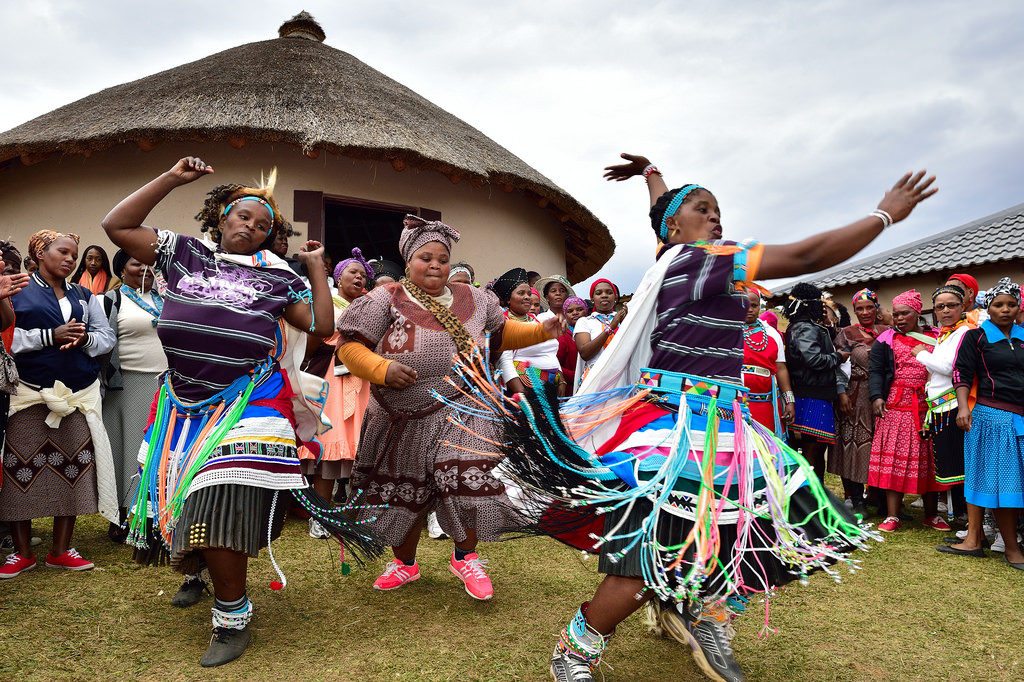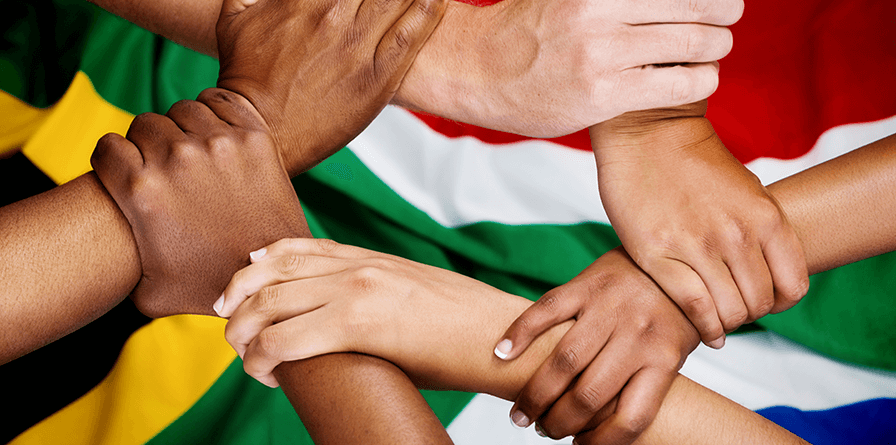As far as the cultures of the world go, the South African Culture is one of the richest and most appreciated in the world; a culture whose appreciation is enhanced by its history. Despite overcoming so much, South Africa is still standing tall and is considered among the top African economies. Its culturally rich existence is just the tip of the iceberg. The country is rich in music, dance, wine, language, crafts, and literature. Hence, an exploration in the culture of South Africa is nothing short of exciting. Also known for its profound diversity, culturally and ethnically, its famous tribes include Zulu, Xhosa, Sotho, Tswana, Ndebele, Tsonga, and Swati.
South Africa has a prominent place in the world’s history as the Oldest Art objects in the world were discovered in the country; thus, placing them among the cradles of humanity. The small drilled snail shells are speculated to serve no other function than having been worn on a string necklace. Numerous forms of art, from different eras over the country’s history, have persisted from cave paintings to canvas paintings to music to literature and to sculptures.
With works by Zanele Muholi, Marlene Dumas, David Goldblatt, William Kentridge and many others being featured in international art circles, it is apparent that to this day, South Africa’s vibrant art scene and collective contributes to the culture that generations many years down the line will appreciate. Learn more about the culture, food, and people of South Africa below.
South African Culture
The South African culture is no doubt one of the most diverse in the world. Little wonder why they are called the “Rainbow Nation”. Their culture has survived for long because of the considerable amount of inhabitants in rural parts of the country. However, with a sizeable number of South Africans becoming overwhelmingly westernized, as with most parts of Africa, the thriving of cultures in South Africa has seen a major decline in recent times. So much to the extent that there are quite a number of languages considered as endangered. This is because South Africans now speak either English or Afrikaans. So it is admirable that certain groups within the country make the effort to keep these languages alive by its frequent use and recurrent promotion.
Their Customs And Traditions
While many customs and traditions in South Africa vary from place to place and tribe to tribe, some customs, however, transcend the boundaries of tribes and locations. For example, it is typically considered polite to bring chocolate, flowers or wine when visiting a South African home for the first time. As with most homes in the world, it is considered rude to arrive late when invited to dinner. Also, you have to always get in touch with the host or hostess if you tend to bring a dish to dinner.
Some customs and traditional rites are however particular to certain tribes. For example, in the culture of the South African Zulu tribe, in a marriage, the groom is required to offer a gift (usually cattle), referred to as Lobola, to the bride’s family. Once the Lobola is accepted, the marriage is deemed official under Zulu Law. A huge part of Zulu culture is the reverence they have for their ancestors. It plays a vital role in the spiritual lives of most members of the tribe. They believe the ancestors can influence life on earth and those who honor their forefathers receive protection from evil.
In the Xhosa culture, diviners known as the ‘amaggirha’ play a fundamental role. Diviners are mostly women who have been trained for five years. The Xhosas also possess a strong ‘oral tradition’, meaning they pass on stories about their history, culture, heroes, and ancestors from generation to generation, through stories and folktales.
More so, the South African tribe of Ndebele is known for its culture which is manifest in the skills of their women as they decorate their homes in vibrant geometric designs. These skills are often passed from mother to daughter and the shapes are often inspired by their intricately fashioned beadwork.
What Do South African People Wear?
As expected, the traditional South African costumes vary from culture to culture, tribe to tribe. The Zulus traditional attire emanates the hunter-gatherer aspect of their culture. While the men usually wear loincloth made from goatskin, their entire outfit tends to be colourful and bright, especially for the women. South African Traditional dresses differ among the women too, the Zulu women’s traditional attire includes leather skirts called isidwaba and bodies adorned with beads. They also favor inkehli – a traditional head covering that is used to signify different stages in life.
For the Xhosa tribe, the women tend to go shirtless, to signify they are looking for a husband. However, heavy beadwork is also a dominant part of their attire. While the Ndebele women wear neck rings and traditional blankets of striking colors, the Sotho people are identified with the brightly colored blankets that they often wear instead of coats. The Venda tribe is known for its distinctive ceremonies, including the rainmaking dance for which the male rain dancer wears a feathered headdress, armbands, and a skirt made of grass while the women wear animal skins and feathers in their hair.
Additionally, dressing in urban towns is completely different as they tend to favor the latest worldwide fashion trends and are fashion conscious. Most people tend to dress for the weather which varies from time to time because of the location and time of the year.
https://www.instagram.com/p/B_fzihmF49W/
Who Are The People of South Africa?
The people in South Africa are divided into four major racial categories. The original blacks (75% of South Africa’s entire population) include Khoi-San, Xhosa, Zulu, Ndebele, Sotho, Shangaan, and Venda, just to name a few. The biggest groups of the blacks are the Zulus (21 %), Xhosas (17 %) and the Sotho (15%). Other smaller minorities include the Tswana, Venda, Ndebele, Swazi, and Pedi, among others. Originally, the Khoi-Sans were heavily involved in hunting for a long time.
The Whites account for about 13% of the population, the Indians account for around 3%, while the Coloreds who are mixed White and Black descent and account for 9% of the population. Interestingly, the South African law concerning racial profiling has long been abolished. However, many South Africans still view themselves according to these categories.
Through colonialism, South Africa visibly has a large number of Afrikaans- (descended from Dutch settlers) and English speakers (the British began colonizing the region in the 1800s). Around the 1600s, many slaves from India and modern-day Indonesia were brought into the land by French Huguenots, Germans, and the Portuguese. As a result of this, religious practices such as Islam and Hindu traditions and culture are also therefore prominent.
See Also: 5 South African Incident That Shocked The World
South African Food
When it comes to South African indigenous dishes, the mixture of different races (Dutch, French, Indians, and Malaysians) with the original South Africans played a major role in influencing what these dishes have evolved to be. Nevertheless, meat is the center of most of these meals. The meat consumed is either eaten roasted or dried. Basically, South Africans have a deep love for barbecue and it is generally called by its Afrikaans name, a “braai” or biltong (dried preserved meat).
Check out some of the top South African Delicacies:
1. Braai/Shisa Nyama

This is one of the top foods in South Africa. The delicacy mainly comprises of beef, chicken, lamb, pork, and Boerewors (sausages). The Braais originated in the townships of Johannesburg where butchers set up barbecues to grill their meat and sell it on the streets in front of their shops during the weekends. Nowadays, local communities gather on the weekends to share this delicious food experience. From the servings, you already know this is not an outing for vegetarians!
2. Snoek
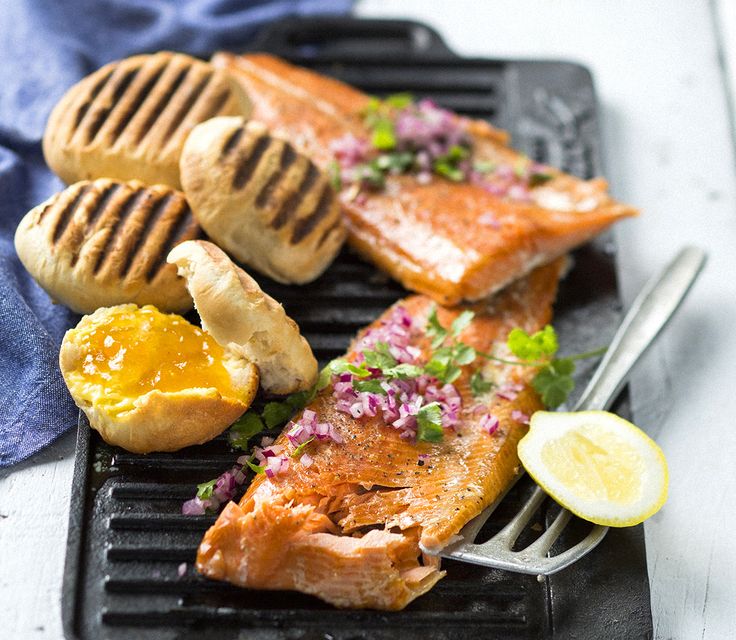
When thinking about a Snoek, your first choice should be directed towards the rustic battered fish and chips at Kalky’s in Kalk Bay (an institution) or in spring rolls or quiche at Gäbrielskloof between Botrivier and Caledon in the Overberg. This is simply a tasty species of mackerel that can be found commonly in the seas around South Africa. Though the Snoek may seem tricky to eat as a result of all its fine bones, however, its unique flavor makes the dish worthwhile.
3. Bredie
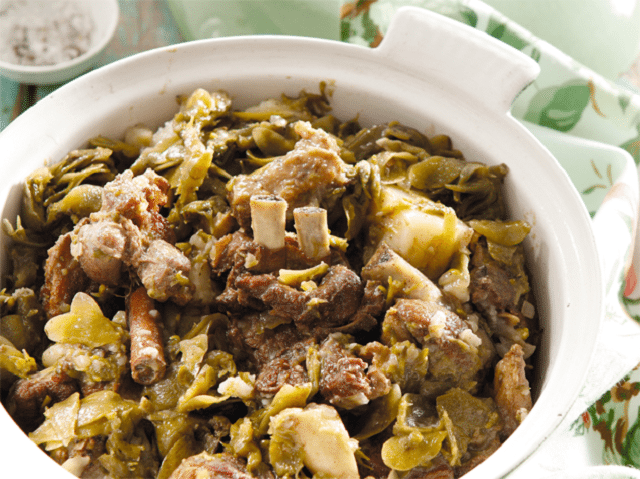
This is one delicacy that seems to be out of the ordinary. It is popularly made with waterblommetjies (an edible flower found in dams and marshes), lamb or tomato and beef. One of the major techniques used here is a slow cooking style which causes the stew to get a good dark caramel color and seal off the meat therein. The meal is best served with white rice and some pickled beetroot.
4. Bunny Chow

The Bunny Chow is food filled with curry and a hollowed-out loaf of white ‘government’ bread. It was initially perceived to be a food fit for light travels; however, it has become a staple food in South Africa. The origin of the food is traced back to the immigrant Indian community in the Natal area of Durban.
5. Bobotie
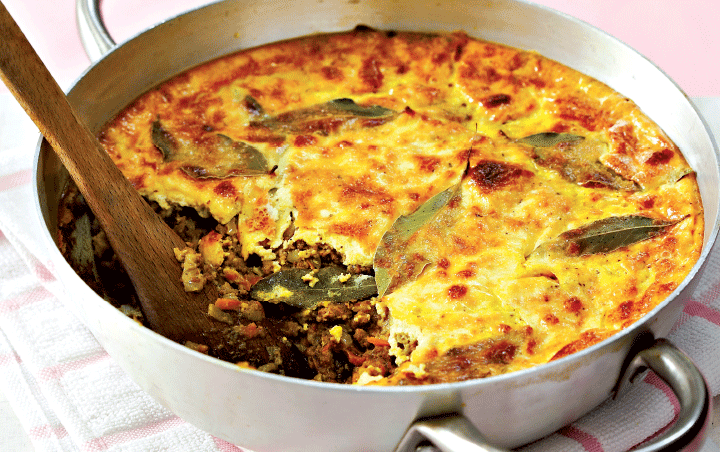
The main ingredient of the Bobotie is ground meat. This well known South African delicacy consists of spiced minced meat that is baked alongside an egg-based topping. It has its origins from Asian settlers.
Other Interesting Facts About the Country
1. South Africa is now the only country in the world to have hosted the Soccer, Cricket, and Rugby World Cup!
2. The first successful heart transplant was carried out in a Cape Town hospital – by Dr. Christiaan Barnard on 3 December 1967. More so, the CAT (Computed Axial Tomography) Scan, used in hospitals to produce 3D images of the human body’s internal structures to detect disease, was developed by South African physicist Allan Cormack and British colleague, Godfrey Hounsfield. They shared the Nobel Prize for Physiology and Medicine in 1979.
3. The second-largest brewing company in the world, SABMiller happens to be in South Africa. It was founded as South African Breweries in 1895.
4. One of the oldest mountains in the world “The Table Mountain,” is one of the iconic landmarks of South Africa. It has more than 2,200 species of plants, 70 percent of which are endemic.
5. South Africa is predominantly a Christian nation with over 80% practising Christians; while the other 20 percent is made up of Hindus, Muslims, Buddhists, and other religions.

